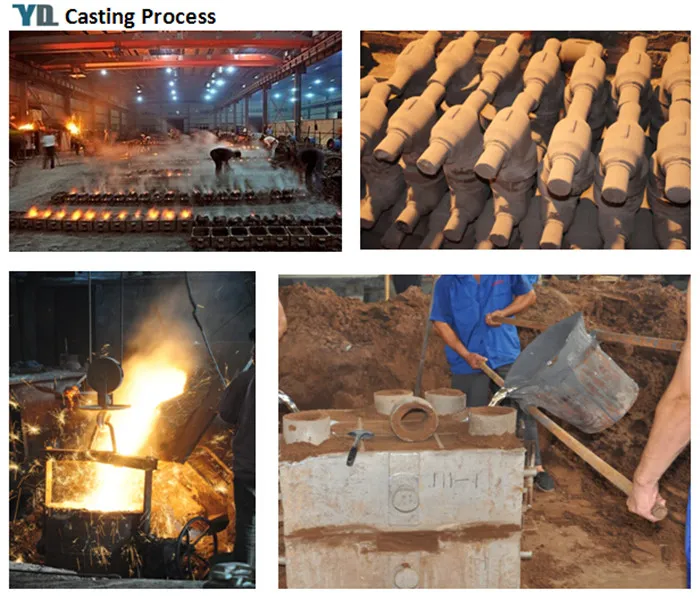Mobile:+86-311-808-126-83
Email:info@ydcastings.com
Exploring Different Types of Blower Impellers for Enhanced Performance and Efficiency
Types of Blower Impellers An Overview
In the realm of industrial machinery, blowers are crucial components that facilitate the movement of air and gases for various applications. Among the essential elements of a blower is the impeller, which plays a significant role in generating airflow. Impellers convert the rotational energy produced by the motor into kinetic energy, effectively moving air through the system. There are several types of blower impellers, each designed to meet specific operational requirements and applications.
1. Centrifugal Impellers
Centrifugal impellers are one of the most common types used in blower applications. They function based on the principle of centrifugal force. As the impeller rotates, air enters the eye of the impeller and is flung outward by the blades due to centrifugal action. This type of impeller is characterized by its high efficiency and ability to handle a large flow of air at relatively low pressures. Centrifugal impellers work best in applications such as ventilation systems, dust collection, and HVAC systems.
Axial impellers operate differently than centrifugal ones. In axial blowers, air flows parallel to the axis of rotation. The impeller consists of blades that resemble aircraft wings, which manipulate the incoming air, pushing it along the axis. Axial impellers are generally used in applications requiring high flow rates and moderate pressure increases. They are commonly found in cooling fans, industrial exhaust systems, and aeration processes.
3. Tri-lobe and Quad-lobe Impellers
blower impeller types

These specially designed impellers are used in positive displacement blowers, known for their ability to move air at a consistent volume. Tri-lobe and quad-lobe impellers provide smoother operation and lower pulsation compared to traditional impeller designs. The lobes create pockets of air that are trapped and then pushed out, making them suitable for applications requiring a steady airflow. Industries such as wastewater treatment and pneumatic conveying often utilize these types of impellers.
4. Forward and Backward Curved Impellers
Forward curved impellers are designed with blades that curve in the direction of the rotation. They typically produce a higher volume of air at lower pressures and are found in applications like household fans and light-duty blowers. On the other hand, backward curved impellers have blades that curve against the direction of rotation. This design allows for higher efficiencies at higher pressures, making them ideal for applications needing significant air delivery against high resistance, such as in industrial drying and combustion air supply.
5. Radial Blades
Radial blade impellers feature blades that extend radially from the center of the hub, generating airflow primarily in a radial direction. These impellers can handle massive volumes of air and are relatively efficient, making them suitable for applications in large-scale industrial processes like air scrubbing and milling operations.
Conclusion
Selecting the right type of blower impeller is critical for achieving optimal performance in various applications. Understanding the differences in design and function among centrifugal, axial, tri-lobe, quad-lobe, forward and backward curved, and radial blade impellers enables engineers and operators to choose the most suitable option for their specific needs. With advancements in technology, the efficiency and performance of these impellers continue to improve, making them essential tools across many industries.
-
Why Is Choosing the Right Motor Housing Critical for Engine Performance?NewsJul.18,2025
-
Which Impeller Types Best Optimize Your Pump’s Efficiency?NewsJul.18,2025
-
Optimize Maintenance Efficiency with Durable Oil Catch SolutionsNewsJul.18,2025
-
Maximize Pump Performance with Precision-Engineered ComponentsNewsJul.18,2025
-
Elevate Industrial Flow Systems with Precision-Engineered ComponentsNewsJul.18,2025
-
Boost Durability and Functionality with Precision Power CastingsNewsJul.18,2025











